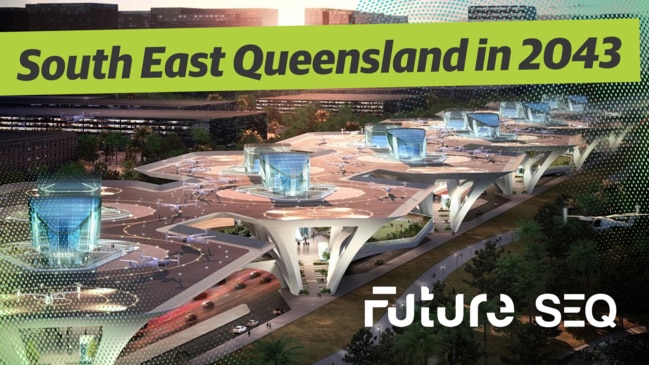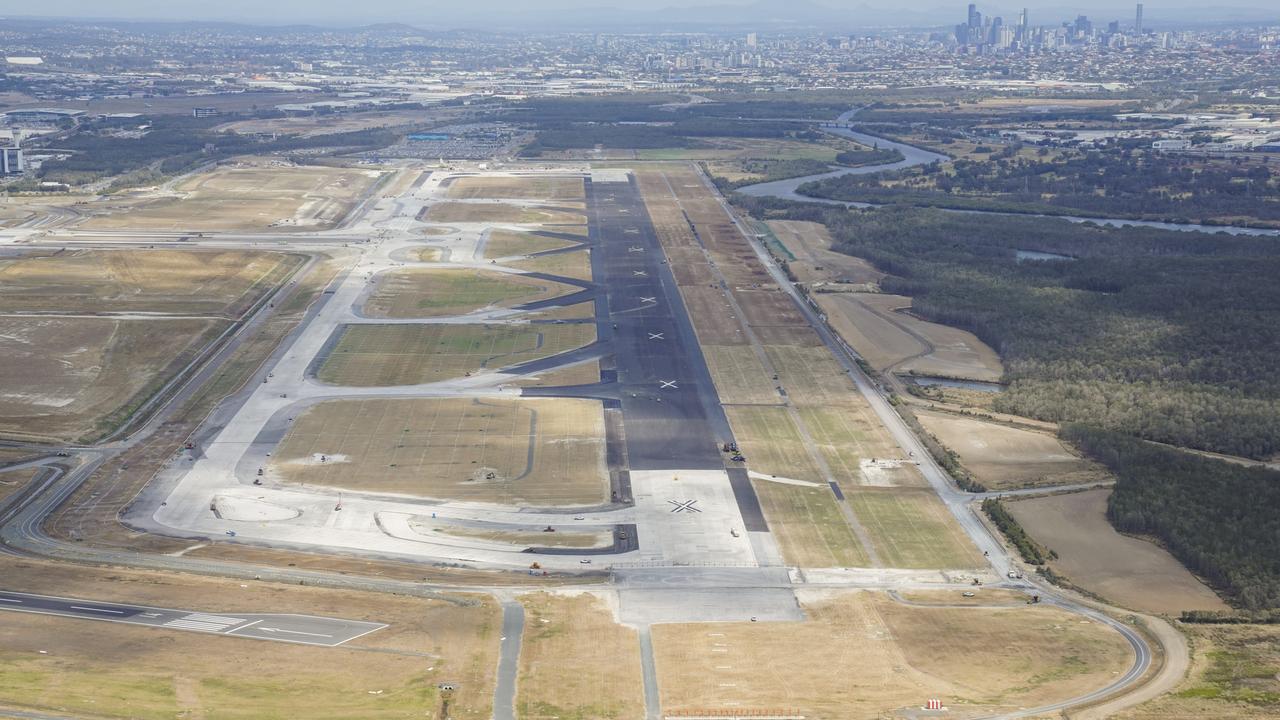Southeast Queensland needs dedicated planning authority
SOUTHEAST Queensland might need a dedicated regional planning authority to guide its successful growth, according to a new discussion paper.

Future QLD
Don't miss out on the headlines from Future QLD. Followed categories will be added to My News.
SOUTHEAST Queensland might need a dedicated regional planning authority to guide its successful growth, according to a new discussion paper.
Research by international consultants Arup has found that a “multitude of administrative boundaries” and a labyrinth of overlapping and conflicting government departments, councils and statutory bodies results in confusion surrounding planning and delivery.
In inner Brisbane alone, 10 separate agencies and seven plans may be involved in any development.
“If we are to not only maintain, but also facilitate opportunities to enhance SEQ’s reputation, amenity, liveability and sustain economic growth, the next phase of growth demands a new governance paradigm,” the discussion paper says.
The paper describes the southeast Queensland of today as “an accidental metropolis”, where the availability of land to expand outwards has masked “urban governance and infrastructure shortfalls”.

“However, SEQ has reached the limits of its current growth model and its future growth will require a review – and likely reshaping – of existing governance structures to meet the demands of the 21st century.”
It comes as an exclusive poll for The Courier-Mail shows almost a third of people would favour replacing southeast Queensland’s 12 councils with a single regional authority to work with the State Government.
That was the preferred model of 29 per cent of 1660 respondents surveyed by YouGov Galaxy poll across southeast Queensland.
About a quarter said the current model was best, while a similar number wanted to retain the existing structure and add an independent agency with responsibility for regional planning, transport and infrastructure.
Chris Mountford, executive director of the Property Council Queensland, which commissioned the Arup report, said they were not advocating to add or remove a level of government, but to rethink how existing layers work together.
“Empowering a new regional entity to resolve conflicting and competing priorities and align infrastructure and land use planning may assist in removing barriers to our productivity,” Mr Mountford said.
“There is a wealth of alternative options available.”
The models examined in the Arup report include the Greater Sydney Commission, an independent body funded by the New South Wales government to lead the strategic planning of the region over 40 years around a “three cities metropolis” model – a Western Parkland City, (based on the new Badgerys Creek Creek airport) Central River City (based on Greater Parramatta) and Eastern Harbour City (including the CBD and area stretching from the northern beaches to the existing airport and Port Botany).
Another is the UK’s Northern Powerhouse concept, bringing together multiples, cities, towns and counties in the north of England and Wales in a joint strategy under the motto: “One Agenda. One Economy. One North”.
Robert Cavallucci, real estate advisory managing director for professional services firm PwC, which conducted extensive research for The Courier-Mail’s Future SEQ series, agrees there is “a compelling case for new governance structures” and the potential for an SEQ Regional Planning Authority to manage growth.
Jason Van Paassen, transport planning leader with infrastructure consultants SMEC urged a look at the Transport for London or Transport for NSW model – where one body is responsible for planning major roads and public transport.


